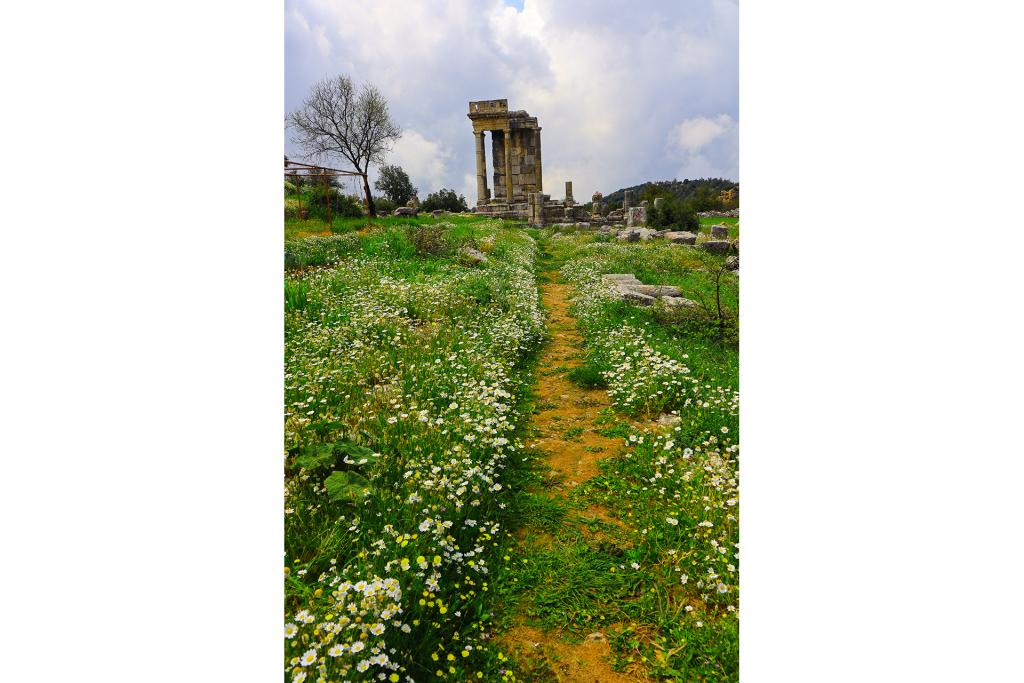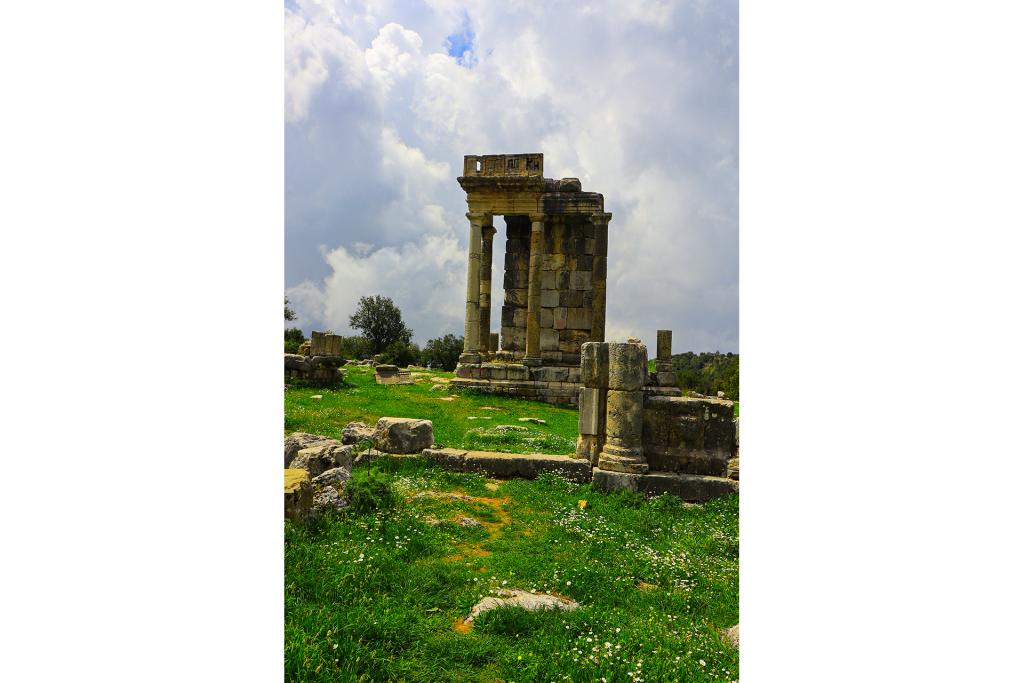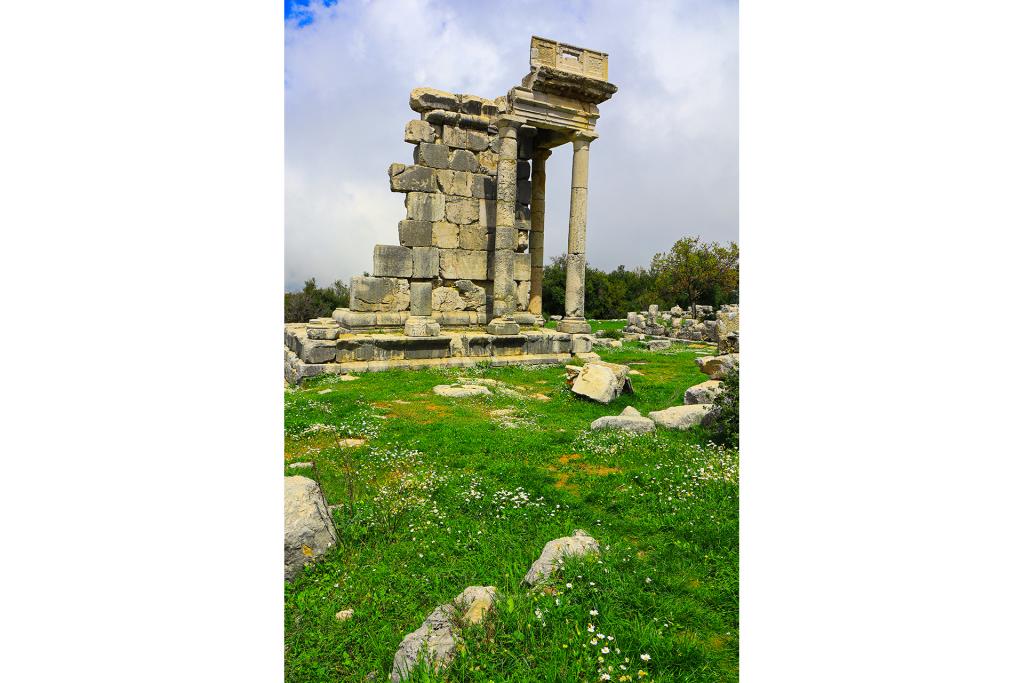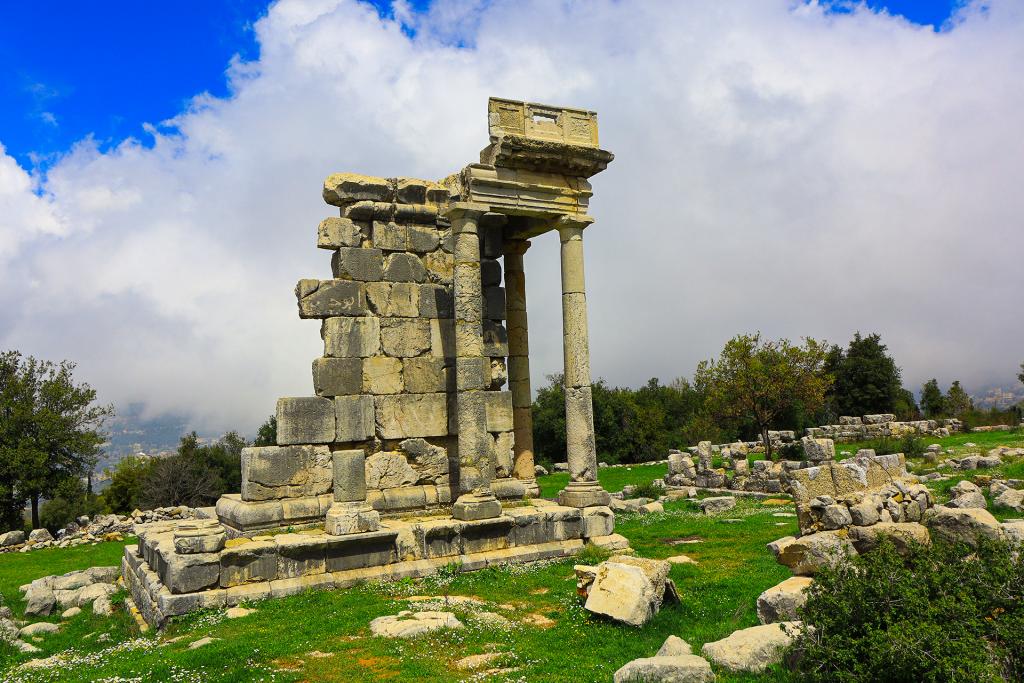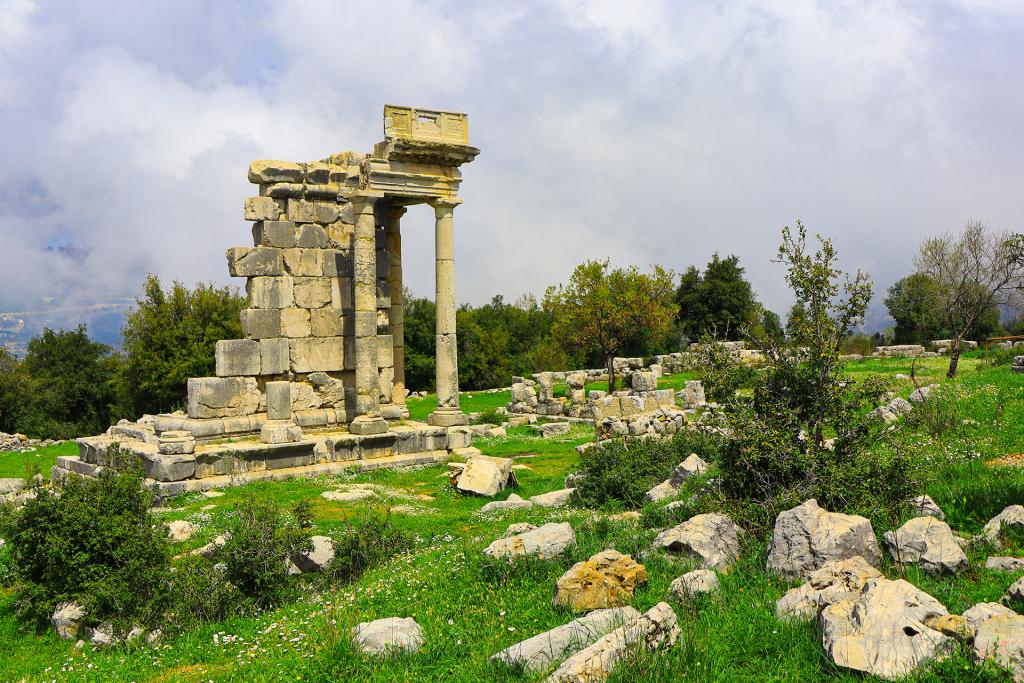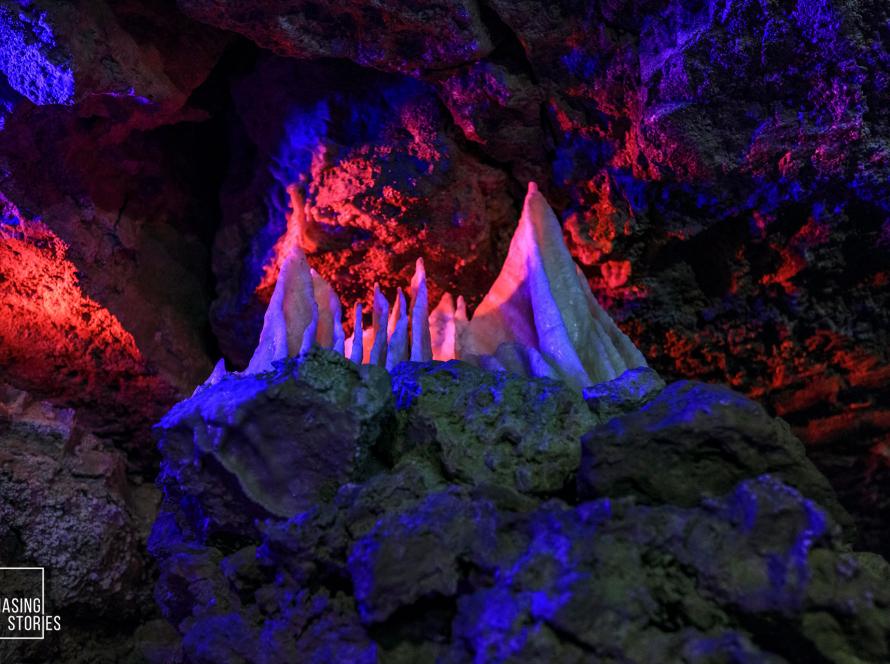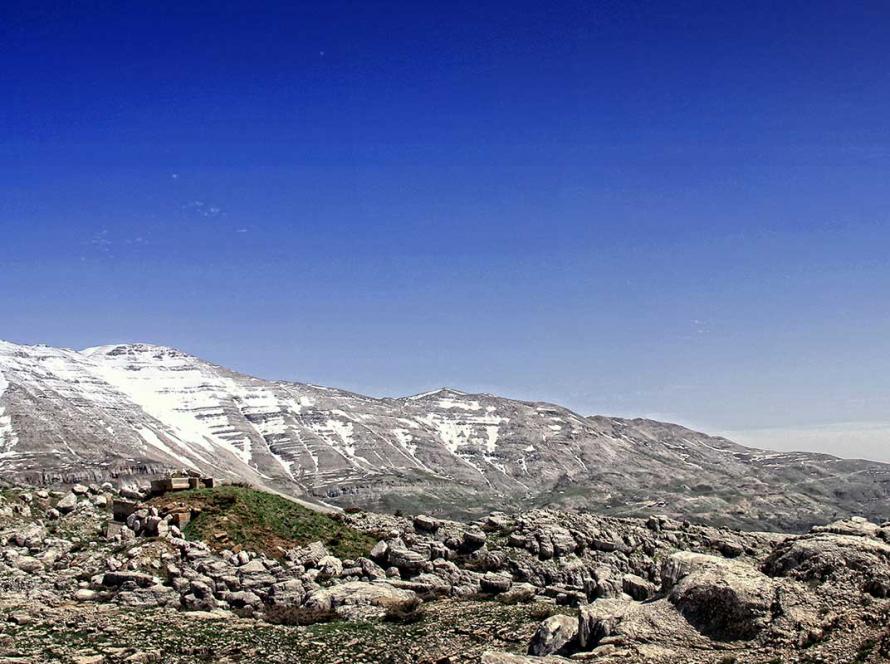Nestled in the serene landscapes of Lebanon, the Mashnaqa Roman Temple stands as a remarkable testament to the region’s rich historical and architectural heritage. This ancient site, with its well-preserved ruins, offers a fascinating glimpse into Lebanon’s Roman past. If you’re a history enthusiast or simply curious about ancient civilizations, a visit to the Mashnaqa Roman Temple is a rewarding experience. Here’s a comprehensive guide to exploring this historical gem.
Historical Significance
1. The Roman Era: The Mashnaqa Roman Temple dates back to the Roman period, around the 1st to 3rd centuries AD. During this era, the Roman Empire extended its influence across the Mediterranean, leaving behind a legacy of impressive architectural and engineering feats.
- Religious Importance: The temple was dedicated to a Roman deity, reflecting the religious practices and cultural influences of the time. Roman temples were often built to honor gods and goddesses, and they played a central role in the spiritual and social life of ancient cities.
- Architectural Features: Roman temples were known for their grand architectural designs, including columns, porticos, and intricate carvings. The Mashnaqa Roman Temple showcases some of these features, offering insights into Roman architectural styles.
Exploring the Mashnaqa Roman Temple
1. Architectural Highlights: The Mashnaqa Roman Temple is renowned for its well-preserved ruins, which provide a glimpse into the grandeur of Roman temple architecture.
- Columns and Porticos: The temple features majestic columns that once supported a grand portico. These columns, though weathered, still stand as a testament to the craftsmanship of Roman builders.
- Sacred Area: The temple’s sacred area, or cella, was the central space where rituals and offerings were conducted. This area, though partially ruined, gives visitors an understanding of the temple’s religious functions.
- Architectural Remnants: Explore the remnants of the temple’s walls and floors, which reveal the layout and construction techniques used in Roman temple design. The ruins offer a tangible connection to the past.
2. Scenic Surroundings: The Mashnaqa Roman Temple is set against a backdrop of picturesque Lebanese landscapes, adding to the allure of the site.
- Natural Beauty: Surrounded by lush greenery and rolling hills, the temple offers a tranquil setting that enhances the experience of exploring its ancient ruins. The natural environment provides a contrast to the stone structures and adds to the site’s charm.
- Photography Opportunities: The combination of ancient ruins and scenic surroundings makes for excellent photography. Capture the contrast between the weathered stones and the vibrant landscape to create memorable images.
Practical Tips for Visiting
1. How to Get There: The Mashnaqa Roman Temple is located in the Mashnaqa region, approximately 40 kilometers southeast of Beirut. The drive to the site takes you through scenic routes and charming Lebanese villages.
- Transportation: You can reach the temple by car or taxi. If you’re using public transportation, check local schedules and routes for the best options.
- Directions: Use a GPS or map app to navigate to the temple. The site may be signposted, but it’s helpful to have a navigation aid for a smoother journey.
2. What to Bring:
- Comfortable Clothing: Wear comfortable clothing and sturdy shoes suitable for walking and exploring the site. The terrain may be uneven, so good footwear is essential.
- Sun Protection: Bring sunblock, a hat, and sunglasses to protect yourself from the sun, especially if you’re visiting during the warmer months.
- Water and Snacks: Carry water and snacks to stay hydrated and energized during your visit. There may not be facilities on-site, so it’s a good idea to come prepared.
3. Respect and Preservation:
- Follow Guidelines: Respect any guidelines provided by site officials or signs. Avoid touching or climbing on the ruins to help preserve the site for future visitors.
- Leave No Trace: Practice Leave No Trace principles by disposing of any trash properly and leaving the site as you found it. Your consideration helps protect the cultural heritage of the Mashnaqa Roman Temple.
Nearby Attractions
1. Historical Sites: While visiting the Mashnaqa Roman Temple, consider exploring other nearby historical sites to enhance your experience:
- Roman Ruins in Baalbek: If time permits, visit the impressive Roman ruins in Baalbek, including the Temple of Jupiter and the Temple of Bacchus. These sites are among the most well-preserved Roman structures in Lebanon.
- The Chouf Region: Explore the Chouf region’s natural beauty and historical landmarks, including the Beiteddine Palace and the Chouf Cedar Reserve.
2. Local Villages: Discover nearby villages to experience traditional Lebanese culture and cuisine. Enjoy a meal at a local restaurant and interact with the friendly residents to gain a deeper understanding of the region.
Conclusion
The Mashnaqa Roman Temple is a captivating destination that offers a window into Lebanon’s ancient past. With its impressive ruins, scenic surroundings, and historical significance, the temple provides a unique and enriching experience for visitors. Embrace the opportunity to explore this ancient marvel, and let the Mashnaqa Roman Temple transport you back in time to an era of grandeur and cultural heritage. Whether you’re a history buff, an avid traveler, or simply seeking a serene and fascinating outing, the Mashnaqa Roman Temple promises a memorable journey through Lebanon’s storied past.
